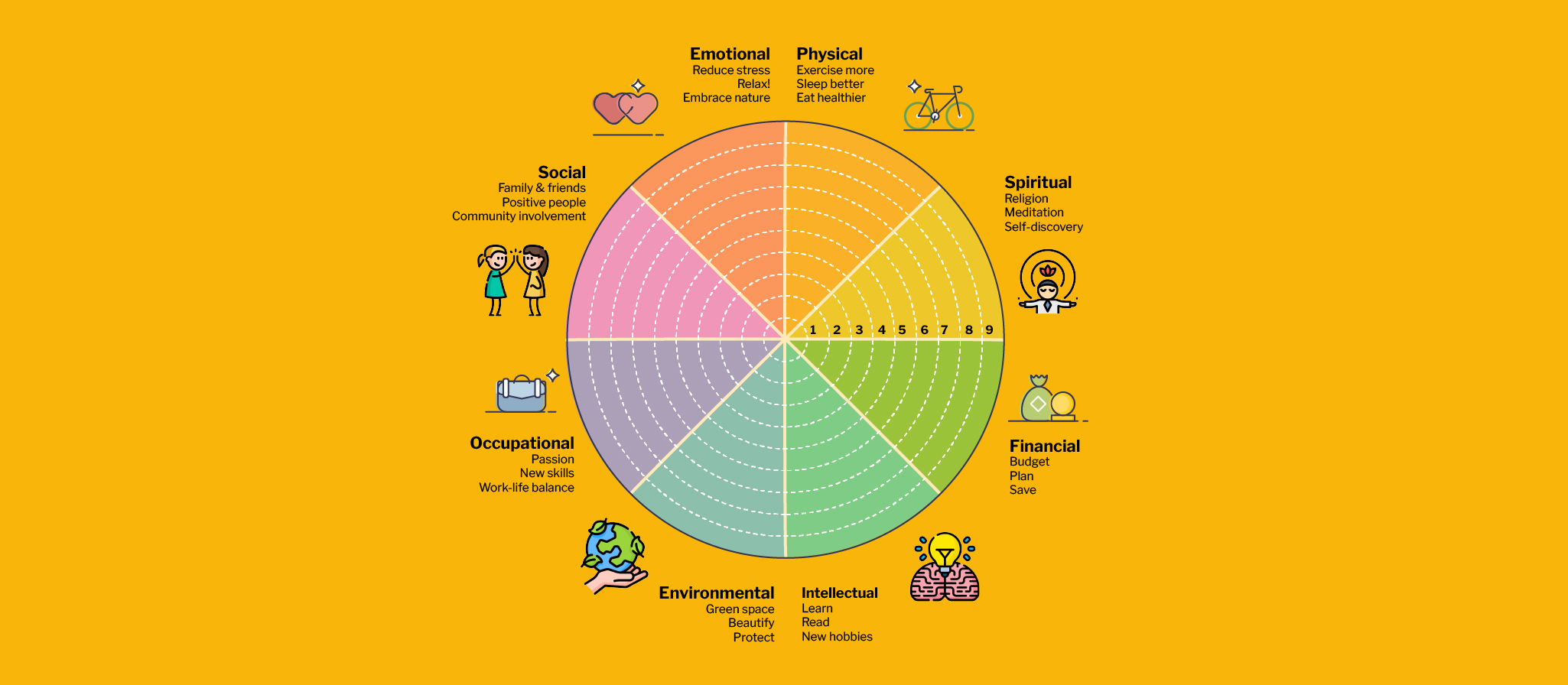Maintaining a balanced Mental Health in Tech
 Linet Kendi
Linet Kendi
Breaking into tech or upskilling in the tech industry can indeed be a daunting journey. The demanding work schedules and continuous learning can easily consume 70 to 100 hours per week (equivalent to 12 to 16 hours a day). Balancing work responsibilities with skill development often leaves individuals feeling burned out and utterly exhausted.
So, what drives tech professionals to put in these intense hours?
The reasons vary, but they often include factors such as low pay, toxic work environments, excessive workloads, and a lack of career growth opportunities. A survey conducted below sheds light on some of the common causes of employee burnout
What is Burnout?
Burnout is a state of emotional, physical, and mental exhaustion caused by excessive and prolonged stress. It occurs when you feel overwhelmed, emotionally drained, and unable to meet constant demands. Often, burnout is closely tied to one’s job.
Recognizing Burnout
You might be experiencing burnout if you notice the following signs:
Reduced performance and productivity
Increased anxiety
Social detachment
Feeling listless or extremely overwhelmed
Low mood
Difficulty concentrating
Lack of creativity
Fatigue
Advanced effects like gastrointestinal problems and high blood pressure
Coping Mechanisms for Tech Professionals to counter Burnout
As tech professionals, we face unique challenges. Here are some strategies to counter burnout:
Mindset Shift: Cultivate a positive outlook and remind yourself that everything is “figure-outable.” Embrace uncomfortable situations as opportunities for growth.
Compartmentalization: Learn to separate different issues and integrate them into your daily life. Prioritize social connections, self-care, and spirituality.
To-Do Lists: Combat distractions by creating a to-do list throughout the day. Break tasks into smaller, manageable steps.
Journaling: Underrated but effective, journaling allows you to unload thoughts and clear mental clutter.
Community: Connect with like-minded individuals who understand your struggles. Seek out social media groups or local meetups.
Mentorship: Reach out to managers, role models, or higher-ups. They can provide perspective and help you differentiate self-induced stress from genuine issues.
Work-Life Balance: Maintain equilibrium between work and personal life to prevent work-related anxiety from spilling over.
The Wellness Wheel
Consider the wellness wheel, which encompasses eight essential dimensions of well-being:
Physical: Dedicate time to exercise or a 10-minute workout.
Emotional: Reflect on your feelings and emotional health.
Social: Nurture relationships with others.
Intellectual: Learn a new skill or spend 30 minutes on personal development.
Spiritual: Read, meditate, or journal.
Financial: Manage your finances wisely.
Occupational: Find fulfillment in your work.
Environmental: Create a harmonious living and working space.
Choose three dimensions to focus on daily, aiming for small wins in each area. Remember, balance is key! An example can be a physical( a 10 minutes workout), intellectual( learn a new skill for 30 mins) and spiritual (Read your bible and journal) dimension. To learn more about the wellness wheel check out this blog.

Conclusion
In the fast-paced tech world, burnout is a real concern. By adopting proactive strategies, nurturing a positive mindset, and embracing holistic well-being, we can thrive in our careers without sacrificing our health and happiness. Let’s prioritize self-care and build a sustainable path toward success.
Co-writer Ann Mukami
Subscribe to my newsletter
Read articles from Linet Kendi directly inside your inbox. Subscribe to the newsletter, and don't miss out.
Written by

Linet Kendi
Linet Kendi
Cloud and Cyber Security enthusiast. I love collaborating on tech projects. Outside tech, I love hiking and swimming.
